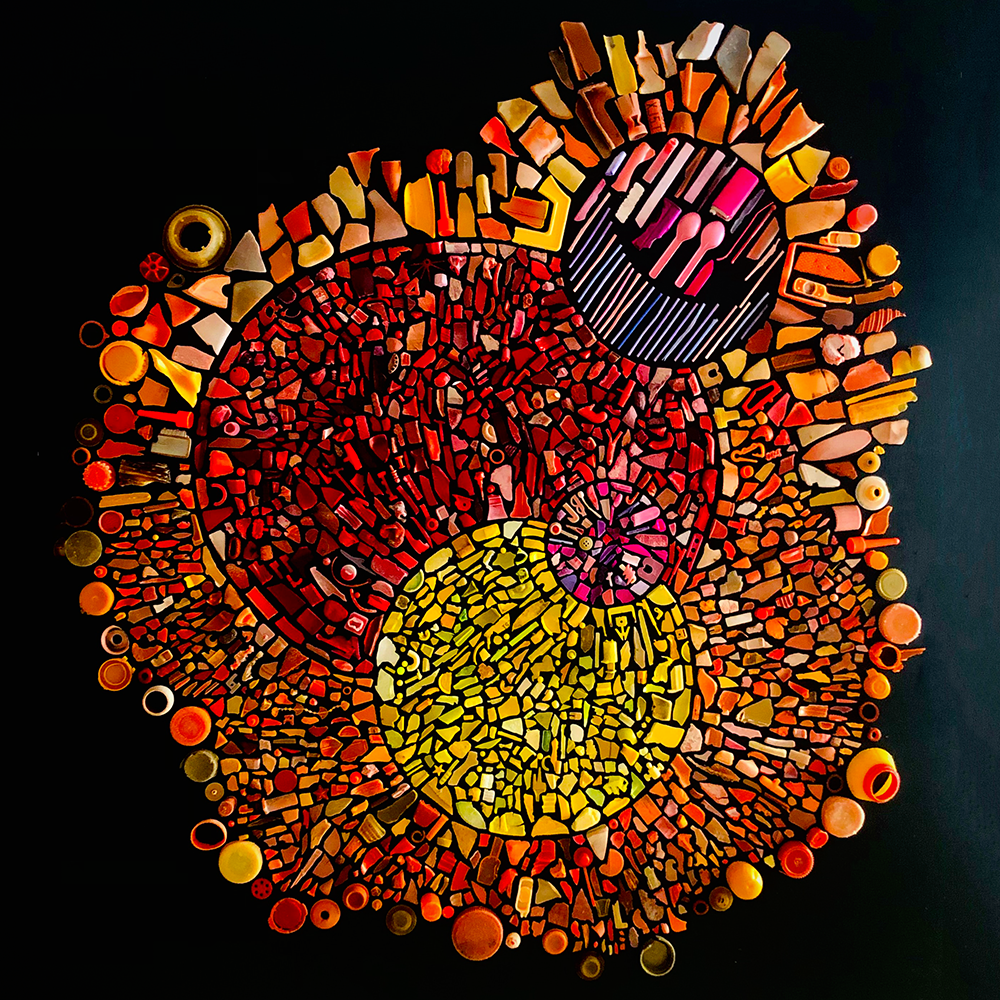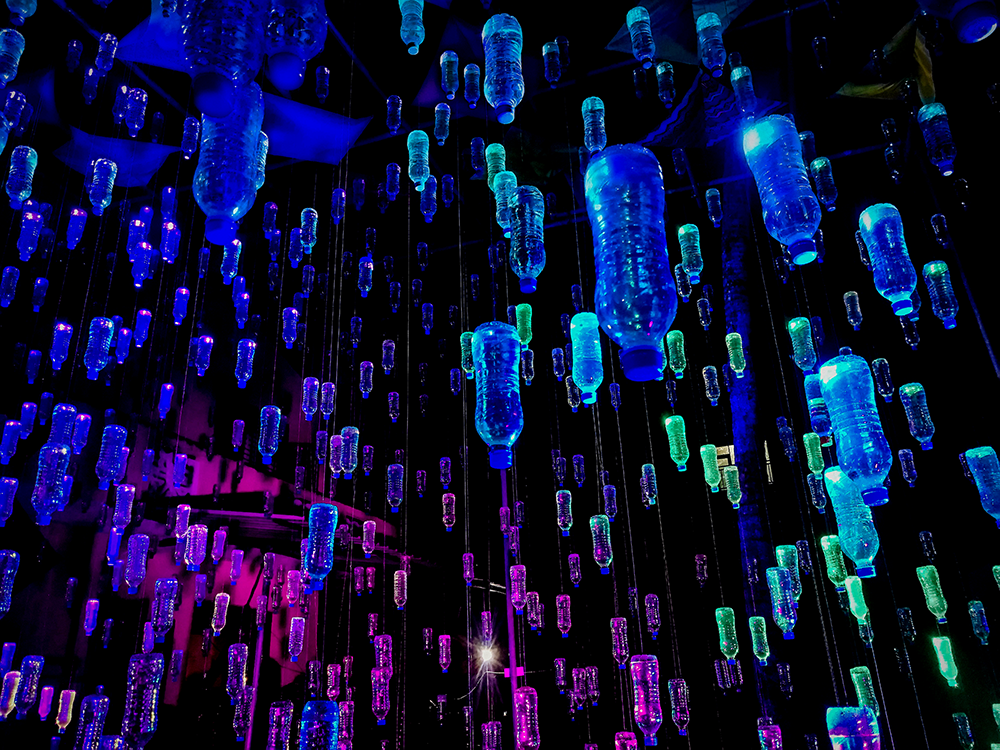Have you ever felt overwhelmed by the amount of waste we all produce or frustrated by fast fashion and consumerism?
You know that sinking pit in your stomach you get when you toss something in the trash that still has some life left in it?
That used canvas drop cloth you never got around to using or those broken frames that just got tossed in the donation pile?
Do you ever wonder where all your waste actually ends up?
Believe it or not, most of it isn't biodegrading in a landfill like you think.
It's polluting our planet for generations to come in the form of microplastics in our soil and oceans.
But you have the power to give new life to objects that have "passed their prime" through the creative process of upcycling.
Upcycling takes waste and transforms it into something beautiful, functional or thought-provoking through crafting, remodeling or reimagining.
Whether you're a beginner doodler or a seasoned professional, upcycling offers a sustainable way to flex your creative muscles and leave the planet a little bit better than you found it.
I know it sounds too good to be true, but stick with me as I share some of my favorite upcycling projects, the ethical and environmental benefits of the practice, and techniques you can try right in your own home or studio.
By the end, you'll be itching to grab some scraps and get your craft on!
Let's jump in and get creative - it's time to upcycle and start transforming trash into treasure!
Key Takeaways:
- Upcycling conserves valuable resources and reduces the need for new raw materials.
- Embracing upcycling promotes sustainability and reduces the environmental impact of the fashion industry.
- Choosing upcycled garments supports a circular economy and helps in reducing waste and pollution.


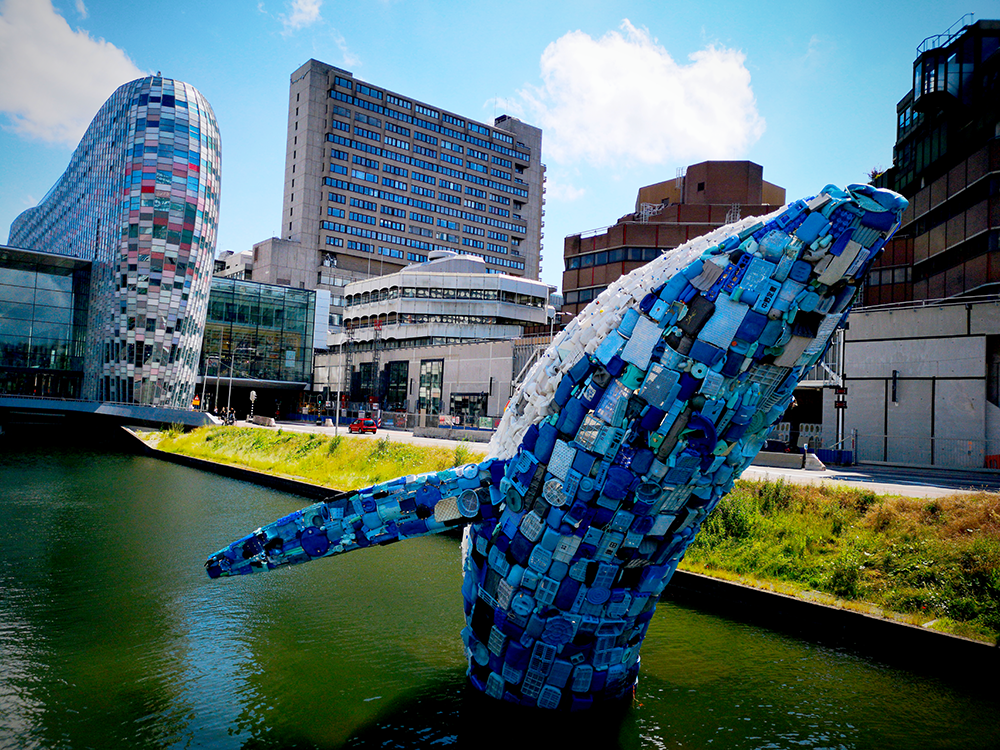
The Ethical Foundation of Upcycling
Let's face it - we live in a consumer-driven world.
We're constantly bombarded with advertisements, urging us to buy new clothes, the latest gadgets, and the newest model of our favorite products.
The cycle of "use and dispose" has become the norm, and the consequences are alarming.
It's no secret that our planet is suffering from a severe waste crisis.
But there's hope - upcycling!
The concept of upcycling has gained significant traction in recent years, particularly within the realms of fashion and consumer goods.
At its core, upcycling is the process of transforming discarded materials into products of higher quality or value than the original.
Unlike traditional recycling, which often downgrades the quality of materials, upcycling preserves the integrity of the original materials while giving them new life.
This practice not only conserves valuable resources but also minimizes the demand for new or raw materials, which often come with heavy environmental and social costs.
In essence, upcycling is a sustainable solution to our consumer-driven society and offers an ethical alternative to the traditional "use and dispose" mentality.
Upcycling vs. Recycling: What's the Difference?
Unlike recycling, which often involves breaking down materials to create something new, upcycling preserves the basic components of the original item.
This distinction is crucial because upcycling maintains the quality of the materials, whereas recycling can degrade it, leading to a need for additional new raw materials to compensate for the loss in quality.
The two terms may sound similar, but they are very different.
Recycling turns waste into something new, whereas upcycling transforms an unwanted item into something of higher value!
Think of it as giving new life to something that might have been thrown away.
Upcycling is not only eco-friendly but stylish, too!
You can customize and create unique items that are one-of-a-kind!
Thrifting and Repurposing
Thrifting is another way to upcycle!
Instead of buying new items, you can thrift shop for second-hand items, which reduces the demand for new items.
This means less waste and less money spent on overpriced, fast-fashion items!
Repurposing is another upcycling technique - rather than throwing something away, you can transform it into something new and exciting!
For example, turn a vintage lamp into a planter, or old records into bowls.
The opportunities to get creative are endless!
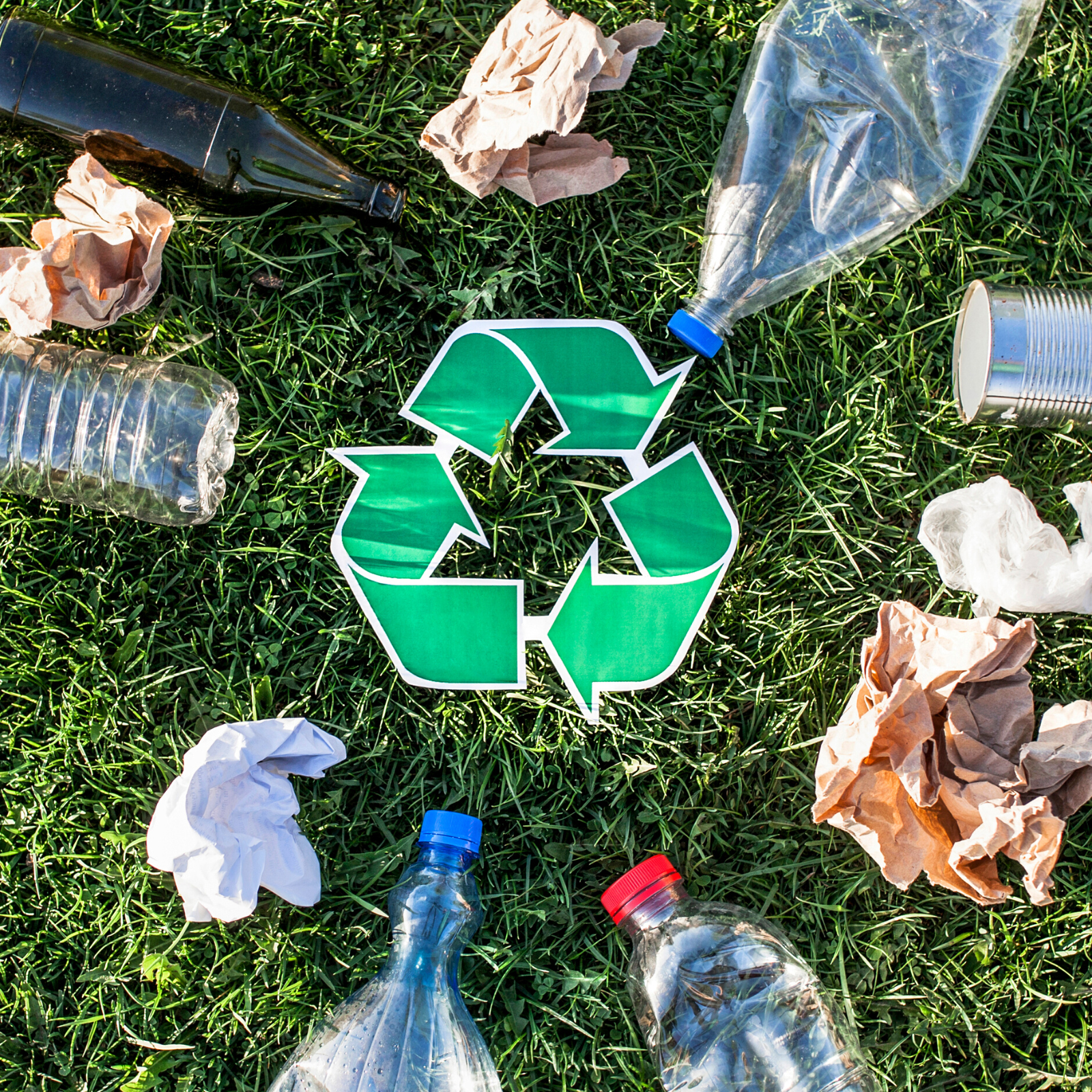
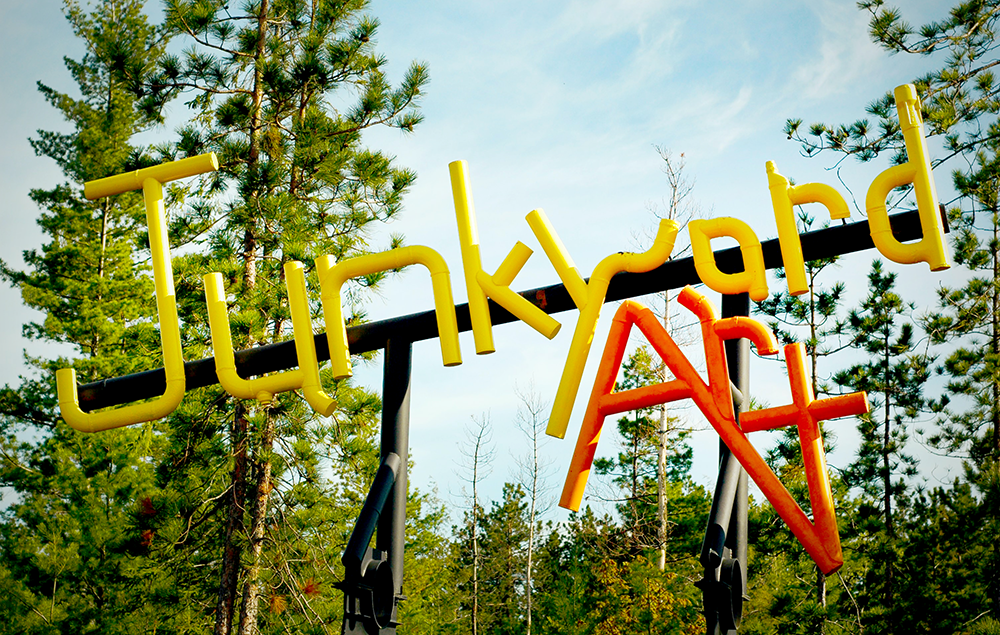
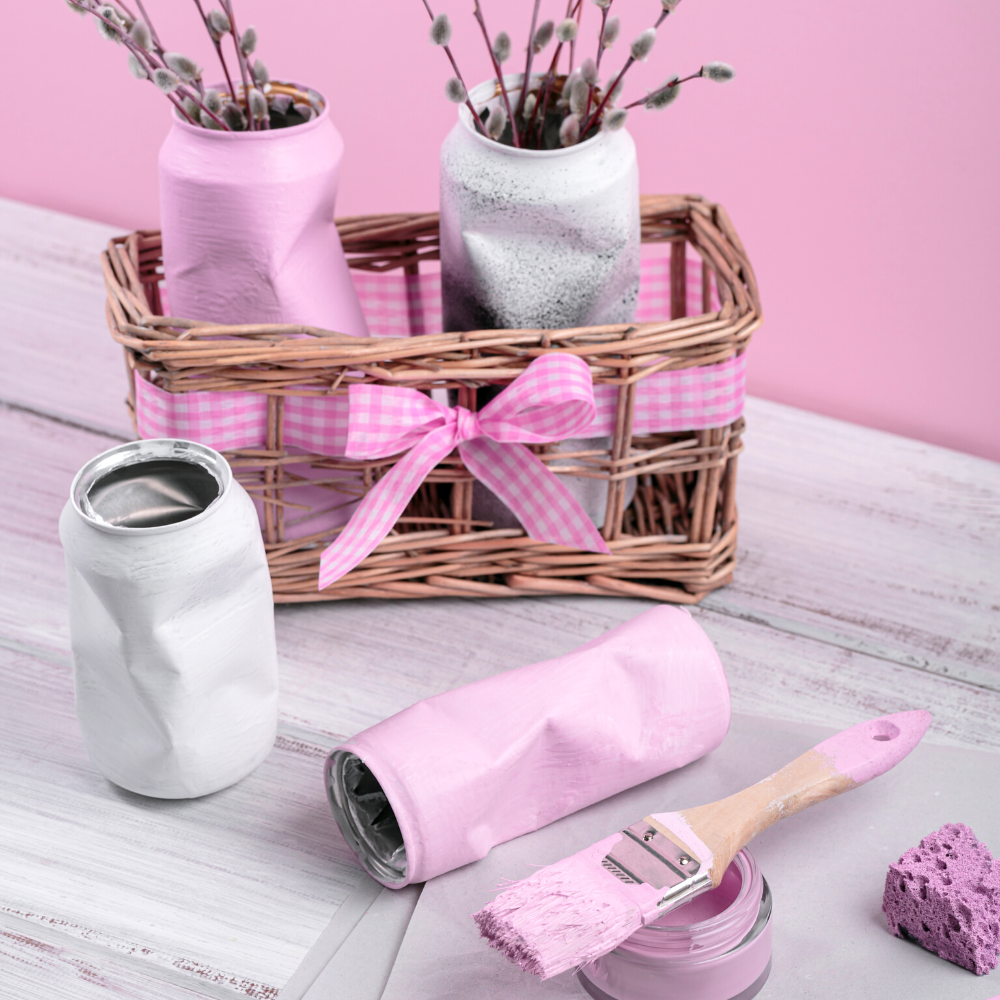
Upcycling and Resource Conservation
Resource conservation is a fundamental aspect of why upcycling is ethical.
By reusing existing materials, upcycling clothes and other products, we reduce the extraction of natural resources.
This sustainable approach directly impacts the environment by conserving energy and water, reducing air and water pollution, and minimizing the carbon footprint associated with producing new materials.
For instance, upcycling a piece of clothing can save over 2,700 liters of water that would have been used in the production of a new garment.
Similarly, upcycling an electronic device saves energy and reduces the amount of e-waste that ends up in landfills.
The Environmental Benefits of Upcycling
The environmental benefits of upcycling are vast.
By conserving resources and reducing the need for new production, upcycling clothing significantly lowers carbon emissions and energy consumption.
Additionally, it plays a role in reducing air pollution and water pollution, which are often byproducts of the clothing production process.
Upcycling Initiatives and Consumer Behavior
Upcycling initiatives have the power to influence consumer behavior by educating the public on the importance of sustainable practices.
When consumers choose upcycled art and garments, they are actively participating in the sustainable fashion movement and helping to promote sustainability on a broader scale.
Reducing Waste Through Upcycling
Waste materials, particularly in the form of old clothes and discarded textiles, are a growing concern.
Upcycling reduces the volume of landfill waste by giving pre-existing garments and textiles a second chance.
This not only helps in minimizing waste but also in reducing greenhouse gas emissions associated with waste decomposition.
Furthermore, by upcycling, we reduce the need for new products to be manufactured, which also reduces waste and pollution.
The Circular Economy and Upcycling
A circular economy aims to keep products, components, and materials at their highest utility and value at all times.
Upcycling clothing fits perfectly into this model, as it extends the lifecycle of clothing items and reduces the need for new materials.
By incorporating upcycling into the supply chain, fashion designers and consumers alike can contribute to a more sustainable future.
Upcycling also creates new opportunities for businesses and entrepreneurs, as upcycled products have a unique value and appeal in the market.

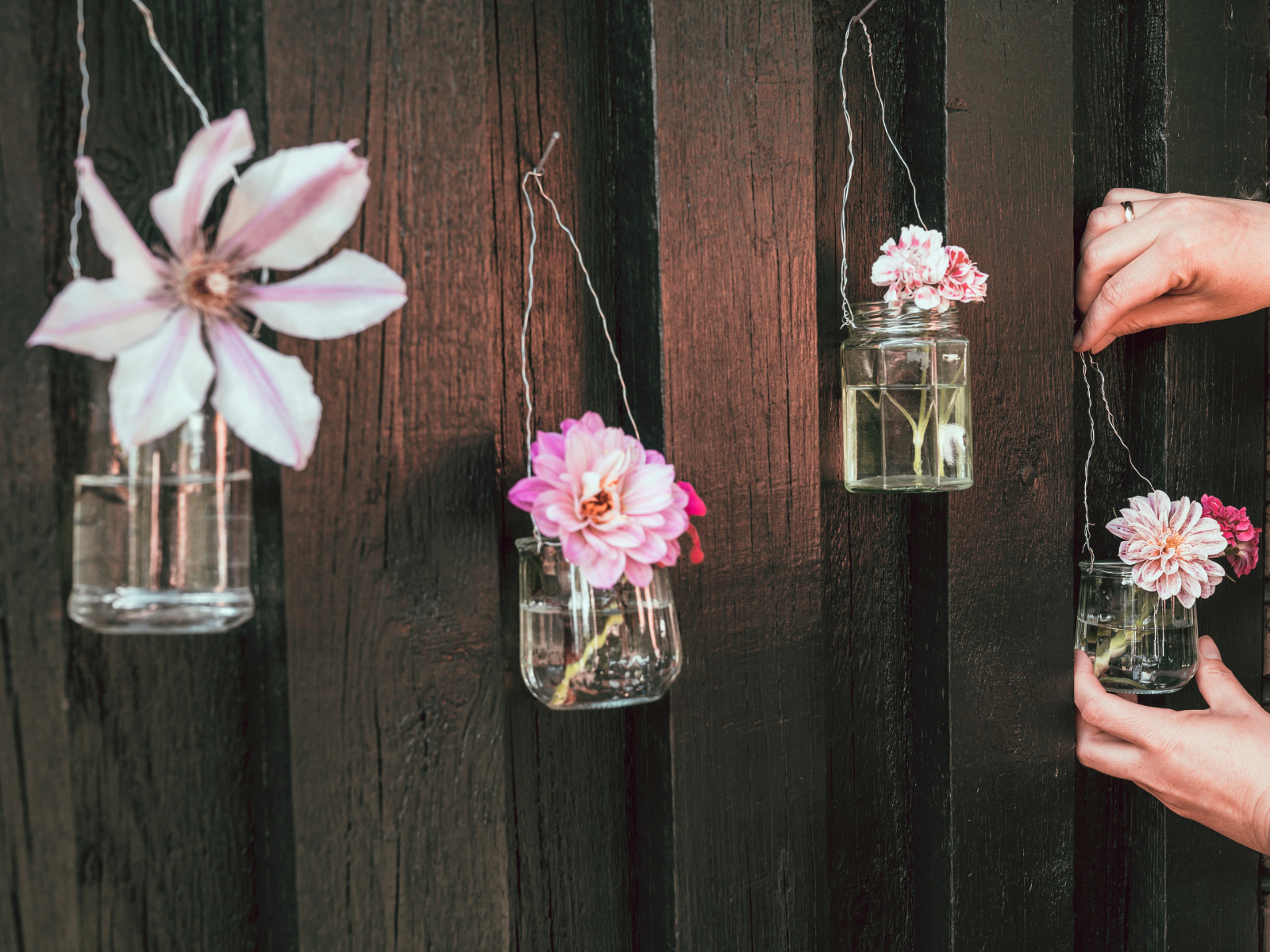

Upcycling in the Age of Fast Fashion
The fashion industry's environmental impact is a growing concern, with fast fashion contributing significantly to waste and pollution.
Upcycling presents a viable solution to this issue by transforming pre-existing garments into new clothes with added value.
By reimagining unwanted materials, designers and consumers alike can participate in a movement that not only reduces waste but also challenges the disposable culture prevalent in today's fashion landscape.
Upcycled fashion is not just a trend; it's a statement against the unsustainable practices that have long dominated the industry.
In stark contrast to the rapid production cycles of fast fashion, the upcycling process requires a thoughtful and creative approach.
Each upcycled piece tells a unique story, often handcrafted and infused with history.
This shift towards upcycle clothing is not only about aesthetics but also about ethics.
It encourages a deeper appreciation for the craftsmanship and effort that goes into each garment, fostering a connection between the wearer and their wardrobe that is often lost in mass-produced clothing.
As consumers become more conscious of their choices, upcycled clothes are gaining popularity, signaling a positive change in consumer behavior.
Role of Upcycling in Sustainable Fashion Practices
The fashion industry's environmental impact is well-documented, with issues ranging from textile waste to water pollution.
Upcycling clothing is a response to these challenges, offering an alternative to the fast fashion brands that contribute to these problems.
Sustainable fashion practices, such as upcycling, are essential in reducing the apparel industry's negative effects on the planet.
In addition, upcycling promotes a circular economy by keeping materials in use for as long as possible, reducing waste and pollution.
Upcycling and the Fashion Industry's Environmental Impact
The fashion and apparel industry is notorious for its significant environmental footprint, often criticized for the overconsumption of resources and contribution to global waste.
Upcycling presents a transformative approach to mitigating the fashion industry's environmental impact by repurposing pre-existing garments into new, desirable fashion pieces.
This practice not only extends the life cycle of clothing but also reduces the demand for virgin materials, which in turn lessens the strain on natural resources and minimizes the industry's carbon footprint.
Incorporating upcycling into mainstream fashion operations can revolutionize the industry's approach to sustainability.
By transforming pre-existing garments, designers and brands can showcase creativity while adhering to ethical standards.
This shift not only appeals to the growing demographic of eco-conscious consumers but also sets a precedent for responsible production.
The result is a dual triumph: a reduction in environmental harm and the cultivation of a new, eco-centric fashion narrative that champions innovation without ecological compromise.
Enhancing Sustainability with Pre-existing Garments
The utilization of pre-existing garments is a cornerstone of sustainable fashion, offering a practical solution to the industry's waste dilemma.
By diverting clothing from landfills and giving them a second life, upcycling becomes a powerful tool in the fight against fashion waste.
This practice not only conserves resources but also challenges the throwaway culture that has become synonymous with fast fashion.
It encourages consumers and producers alike to view garments as valuable resources rather than disposable commodities.
Moreover, the reimagining of pre-existing garments fosters a culture of individuality and creativity within the fashion industry.
Each upcycled piece tells a unique story, often with artisanal quality and bespoke appeal that mass-produced items lack.
This not only elevates the consumer experience but also promotes a more thoughtful and deliberate approach to fashion consumption.
As the industry continues to grapple with its environmental responsibilities, the role of upcycling in creating sustainable, one-of-a-kind fashion becomes increasingly vital.
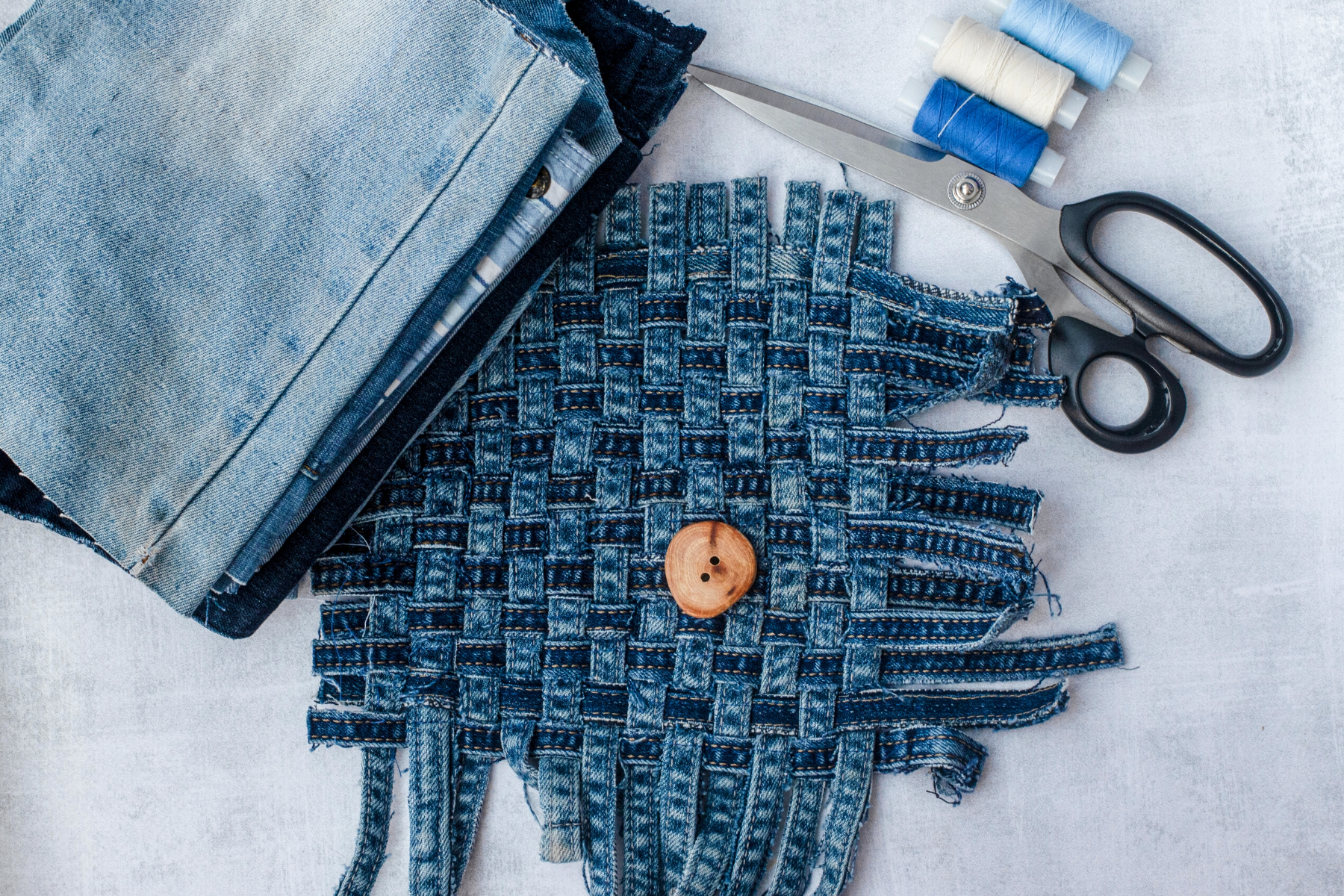


Innovations in Textile Recycling and Upcycling
The Environmental Protection Agency (EPA) emphasizes the importance of reducing textile waste, and innovations in textile recycling are paving the way for a more sustainable future.
Upcycle clothes initiatives are increasingly prevalent, with technologies emerging to deconstruct and repurpose fabrics at a larger scale.
Sustainable materials are at the forefront of this revolution, with research and development focusing on how to efficiently break down and transform textiles into high-quality, upcycled fashion items.
This not only helps reduce waste but also conserves the resources that would otherwise be used to produce new fabrics.
Denim jeans, a staple in many wardrobes, serve as a prime example of the potential for upcycling.
Often discarded due to changing trends or wear and tear, denim is a durable material that lends itself well to the upcycling process.
Innovative designers are turning old jeans into everything from jackets and bags to home décor, proving that with a bit of creativity, the life cycle of a garment can be extended significantly.
These efforts contribute to a reduction in the fashion industry's environmental impact and showcase the endless possibilities of upcycled fashion.
As the industry continues to evolve, upcycle clothing will play a crucial role in shaping a more sustainable and ethical fashion landscape.
Impact of Upcycling on the Fashion Industry
The fashion industry is undergoing a transformation as sustainable fabrics and practices become more prevalent.
Upcycling fashion is at the forefront of this change, with more designers and brands embracing upcycling to reduce their environmental footprint.
This shift is crucial in addressing the fashion industry's role in environmental degradation.
It also highlights the potential for sustainable fashion practices to create a positive impact on the planet and promote ethical production methods.
As consumers become increasingly aware of their choices, upcycling will continue to gain popularity as a viable solution for creating eco-friendly and stylish fashion.
Join the upcycling movement today and make a difference in promoting sustainability within the fashion industry!
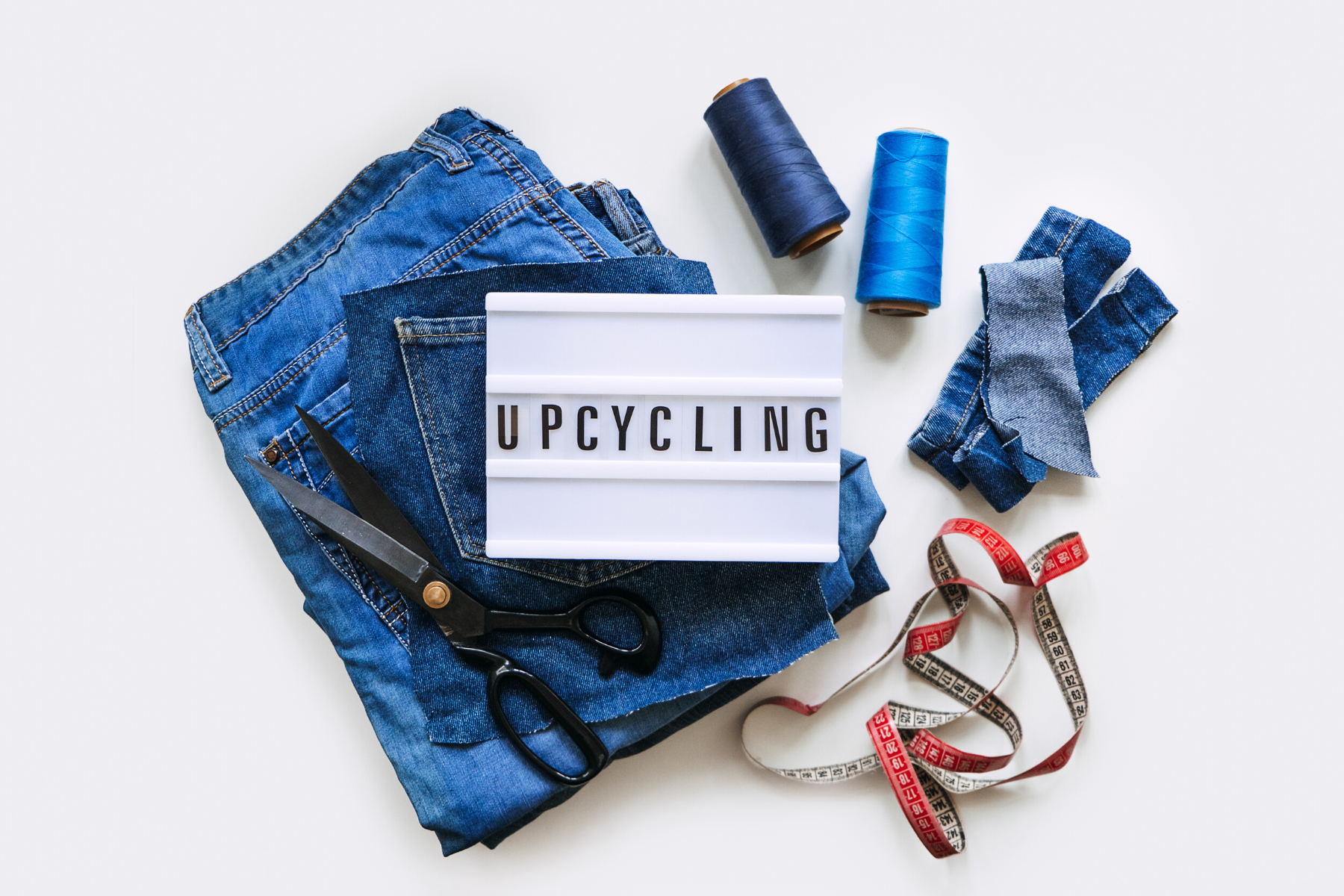
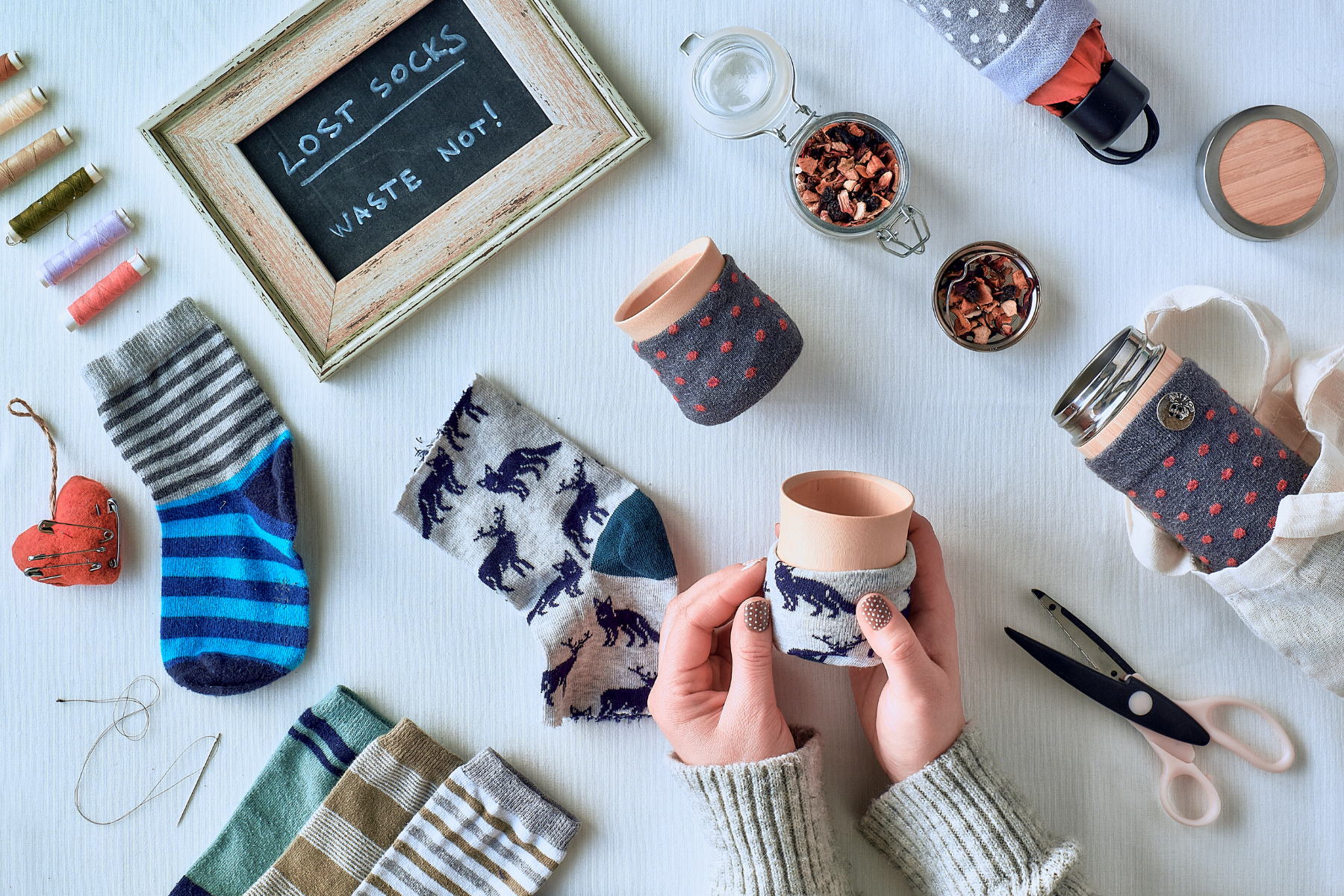
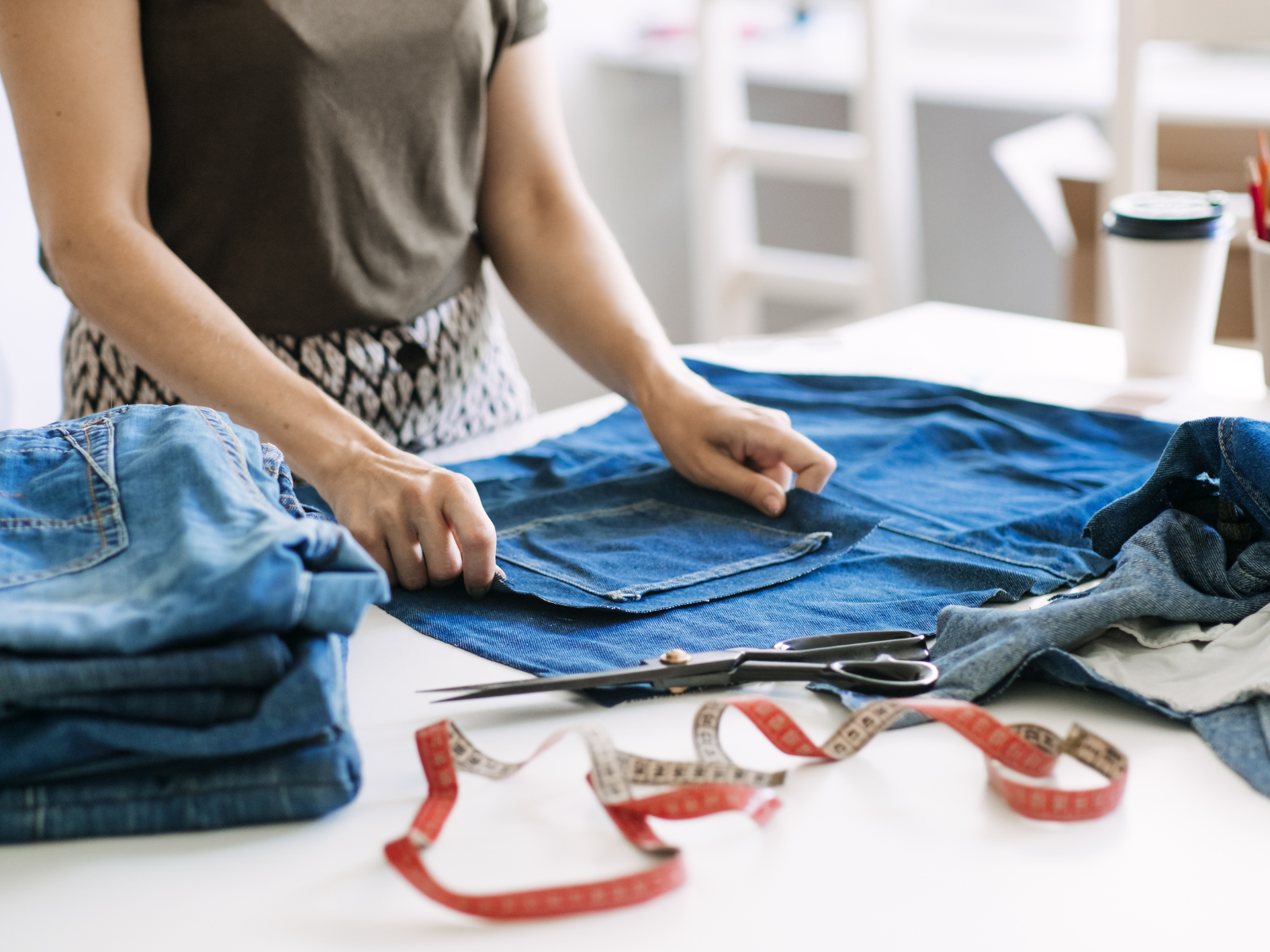
Upcycling Promotes a Greener Future
Ultimately, upcycling promotes a greener future by encouraging the use of existing resources and minimizing the need for new ones.
This practice aligns with the goals of environmental protection agencies worldwide and is a key component in the fight against climate change and resource depletion.
By incorporating upcycling into our daily lives, we can all play a role in creating a more sustainable world for generations to come.
Make a Difference with Upcycling
Upcycling is more than just a trend; it's a movement towards sustainability and ethical production practices.
By creatively repurposing materials and giving pre-existing garments new life, we can significantly reduce waste and the fashion industry's environmental impact.
Upcycled fashion also challenges consumer behavior by promoting conscious consumption and individuality, ultimately creating a greener and more sustainable future.
This ethical practice plays a critical role in promoting sustainability and reducing the environmental impact of consumer goods, particularly in the fashion industry.
By transforming discarded materials into new products, upcycling conserves valuable resources, reduces waste, and supports a circular economy.
It offers a sustainable alternative to traditional manufacturing processes, influencing consumer behavior and paving the way for a more responsible and environmentally conscious industry.
The ethical implications of upcycling are clear: it is a path towards a sustainable future that benefits both the planet and its inhabitants.
Upcycling also presents a tremendous opportunity to get creative, customize items, and create unique, one-of-a-kind pieces.
Whether you're an experienced artist or a curious beginner, upcycling offers a chance to lessen your carbon footprint, save resources, and make a difference in the world, one item at a time.
Join the upcycling movement today - it's fun, inspiring, and most importantly, it's ethical!
So, let's all do our part and start upcycling for a better tomorrow!


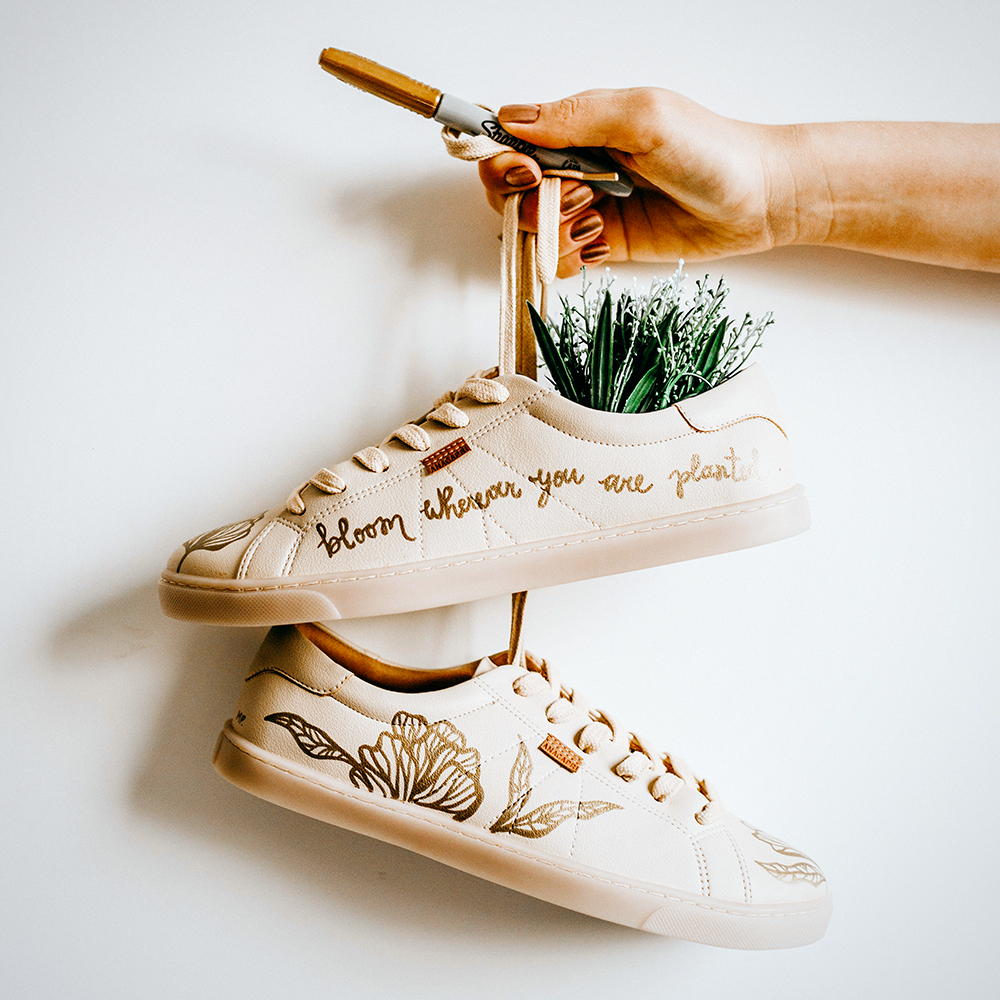
Interested in learning more about upcycling and upcycled fashion? Check out Yvonne and Mitchel's video!
Want even more content about creativity and art?
Be sure to check out all of our creative chronicles!
Ready to dive into the world of upcycling and recycled art?
Check out some of our other articles:
-What is the difference between upcycled and repurposed?
-What are the difference between upcycled art and downcycled art?
